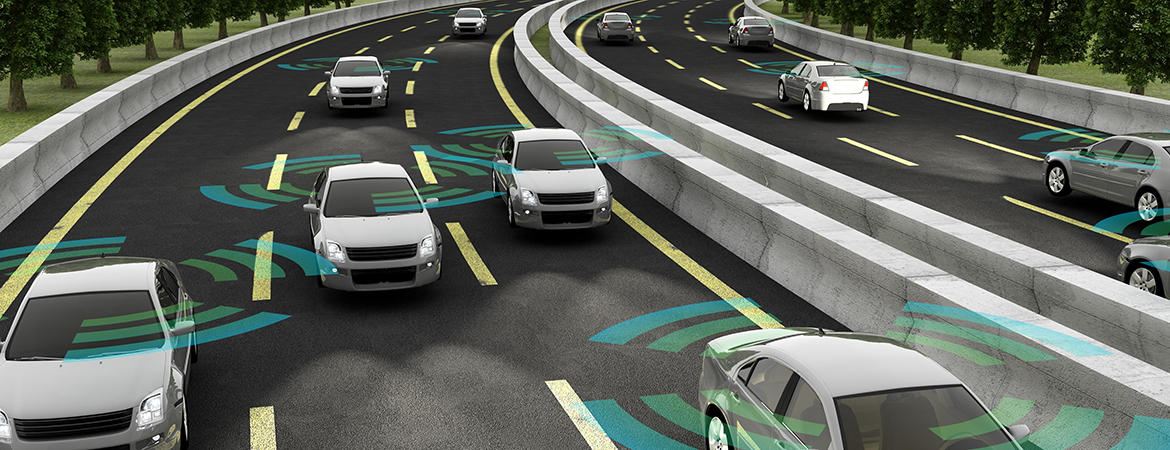Automakers' response to distracted driving
The auto industry has taken notice of distracted driving. Some tools have already been invented to curb the effects, while other technologies are quickly developing from budding ideas to larger-than-life innovations.

Today, 98 percent of Americans you pass on the road own a cellphone. And despite knowing the risk, a study done by AT&T shows that about 80 percent of those cellphone owners report using them while driving. Technology usage behind the wheel is undeniably a prevalent issue in our society.
The auto industry has taken notice. Some tools have already been implemented to curb the effects of this rampant roadway issue, while other technologies are quickly developing from budding ideas to larger-than-life innovations.
Here’s a look at some of the technologies developed to curtail the epidemic of deadly distracted driving:
- Automatic emergency braking (AEB)
According to the Insurance Institute for Highway Safety (IIHS), many drivers involved in rear-end crashes either do not apply their brakes at all or don’t apply them enough.
A study by IIHS reported that AEB technology reduced police-reported rear-end crashes by 50 percent. It’s essentially like having another set of eyes on the roadway. Sensors on your car (cameras, radars, and lasers) scan the road ahead for obstacles. If an imminent crash is detected, the system alerts the driver and begins automatically braking to reduce the severity of or prevent the collision.
Just a decade ago, AEB was a rare, futuristic feature only found in high-end vehicles. With distracted driving on the rise, this device is well on its way to becoming standard. Many popular automakers have already made AEB a standard feature in a majority of light-duty cars and trucks. In 2024, the U.S. Department of Transportation's National Highway Traffic Safety Administration (NHTSA) finalized a new law that will make AEB standard on all passenger cars and light trucks. This will be effective by September 2029.
- Lane departure warning (LDW) and lane keep support (LKS)
Like AEB, LDW can pick up the slack for a distracted driver. Say you’re reaching into the passenger seat for a bite of that burrito you just picked up and temporarily take your eyes off the road... LDW alerts drivers with an audio or visual alert when they unintentionally drift out of a lane without a turn signal on.
While LDW leaves the correction up to the driver, LKS goes a step further by taking action. If sensors detect that a car is about to unintentionally move out of its lane, LKS will correct the steering and return the vehicle to its intended path.
- Eye-tracking technology
If you thought automatically-braking cars were space-age, imagine a world where cars were able to monitor your eyes and tell if you weren’t paying enough attention to the road. In the last decade, driver monitoring systems (DMS) have gone from an exclusive technology only found in premium cars to an essential safety feature for detecting a driver's focus, alertness, and engagement. Subaru DriverFocus, Volvo Pilot Assist, and Honda Sensing are all examples of this type of technology in cars that are on the road today. The eye-tracking market size is expected to see exponential growth in the coming years as more automakers look to incorporate this technology into their new models.
While self-driving cars and innovative gadgets are sure to help our growing compulsion with smartphones, they alone can’t eradicate the problem. Make Kentucky’s roads a safe place to be, and join Kentucky Farm Bureau in driving distraction-free.
